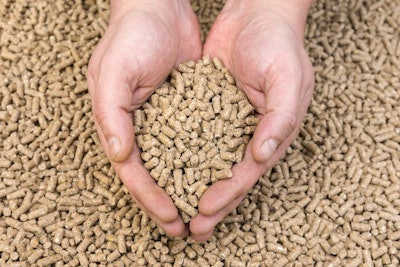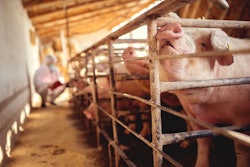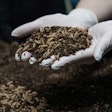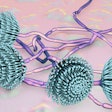
A look at the Top 10 Feed Strategy articles of 2021
Happy New Year! Every year, I like to look back and recap the Top 10 Feed Strategy magazine articles, which helps to highlight the hot topics that gained attention from the global animal feed industry in 2021.
Feed production, animal nutrition trends
As in years past, Feed Strategy’s annual Top Feed Companies: 140 global manufacturers rank in 2020 (No. 1, Feed Strategy July/August 2021) ranked as the most popular feature last year. The exclusive report, generated with data gathered by WATT Global Media’s research team, spotlights global compound animal feed manufacturers producing volumes of more than 1 million metric tons in the previous calendar year.
Feed Strategy readers were also particularly interested in the 2021 Dairy Outlook, 7 trends impacting production, feed (No. 4, Feed Strategy September/October 2021). Here, dairy feed producers and other stakeholders explored how sustainability and high input costs have shaped the production landscape.
The 2021 Poultry Feed & Nutrition Survey: Poultry producers brace for high feed costs, uncertainty (No. 5, Feed Strategy March/April 2021) revealed the pain points and opportunities for poultry and poultry feed industry professionals. The annual survey of Feed Strategy, WATT Poultry USA and Poultry International readers offers a firsthand look at the macro trends impacting the poultry industry worldwide, providing a glimpse into the ways poultry producers, nutritionists and feed manufacturers are adapting to these changes and challenges. The results reflected the impact COVID-19 and high commodity costs were having on respondents’ businesses and also identified their strategies for overcoming these obstacles.
The negative effects of climate change made headlines in 2021. In her article, How climate change is changing mycotoxins (No. 10, Feed Strategy November/December 2021), staff reporter Ann Reus examined how the occurrences and prevalence of mycotoxins are increasing along with global temperatures. Her interviews with feed additive suppliers highlighted the many preventive and mitigation strategies nutritionists can use to adapt to and minimize mycotoxins’ harmful effects on food, animal health and productivity.
High feed costs, feed optimization
Feed producers and nutritionists worldwide struggled with the pressure of high grain costs in 2021. Contributing editor Emma Penrod’s March/April 2021 feature, How to manage feed costs amid high corn and soy prices (No. 2) provided practical tips for navigating price volatility in feeding programs.
Offering guidance from the nutritionist’s perspective, nutrition editor Ioannis Mavromichalis explored the benefits of fermented feed in his article, Fermented feed: Improve animal performance, ingredients (No. 3, Feed Strategy March/April 2021).
“With feed being the greatest cost in pig and poultry production, any technology that can help reduce it is welcomed,” he said. “Fermentation is an age-old technique that is becoming popular again in animal nutrition for this reason … Gut health is improved, leading to benefits in growth, feed conversion and animal resilience. A push for more sustainable agriculture relies on the use of non-conventional raw materials, and fermentation is one way to improve their nutritional value.”
To maximize feed’s value, Mavromichalis also delved into Formulation tips for successful feed pelleting (No. 9, November/December 2021), offering eight tips to ensure the success of a feed formula initially designed to be fed in meal form into pellets, noting “taking a meal feed formula to pellet takes some formulation revision, good machinery and even better operators.”
Antibiotic-free feed, nutrition solutions
With the EU ban on the pharmacological use of zinc oxide in piglet feeds looming in June 2022, readers eagerly engaged with Mavromichalis’s Guidelines for zinc-free commercial piglet feeds (No. 6, Feed Strategy March/April 2021). Though many EU states have already implemented the ban, nutritionists and producers are looking for ways to ensure piglet health and growth without zinc oxide or antibiotics.
“There are plenty of products that can replace zinc oxide. It is important, however, to understand what function of zinc oxide we are replacing, because it has been shown that zinc oxide is an additive with many and diverse modes of actions,” Mavromichalis noted.
In Feed Strategy’s March/April 2021 issue, Reus explored how Antibiotic-free production continues to evolve (No. 8) as alternatives to antibiotics gain popularity as consumer demand increases and regional regulations change.
In his article, Ideal fiber profile: A novel approach to pig nutrition (No. 7, Feed Strategy July/August 2021), Mavromichalis discussed how the removal of antibiotics from feeds has upgraded the role of fiber from unwanted to valuable nutrient that improves gut health, noting how the traditional determination of crude fiber is no longer suitable.
















